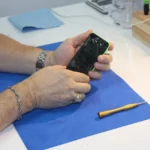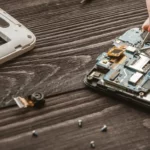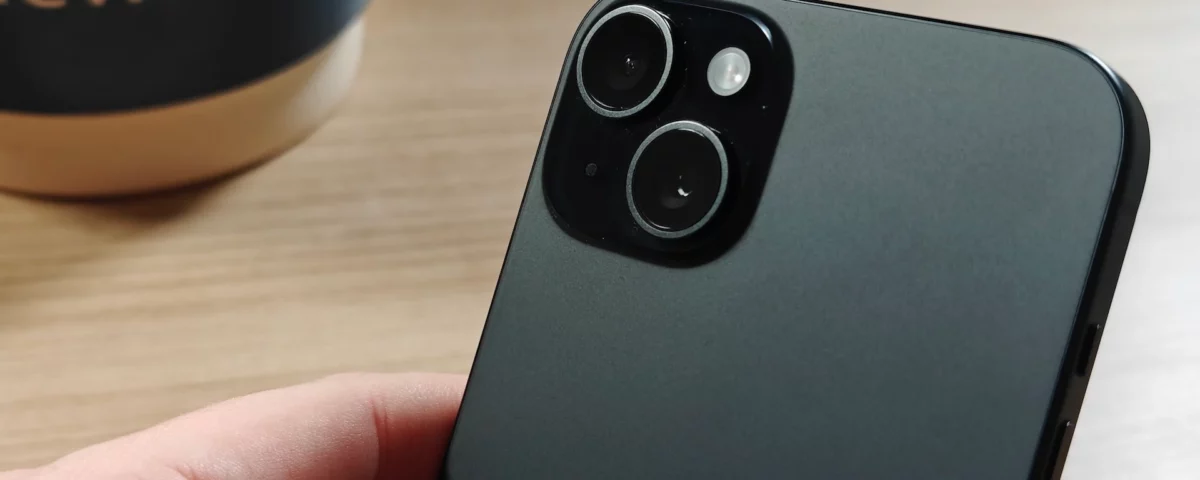


iPhone Screen Repair in Brampton: What Does It Really Cost?
September 8, 2024


Tips for Efficient Cell Phone Repair Service in Brampton
September 14, 20241. Enable Face ID or Touch ID
Switch either Face ID or Touch ID on. Of these two biometric security features, both are more secure than having a regular old passcode and enable smooth yet effective security against unauthorized entry.
2. Set Up a Strong Passcode
But use a stronger password; don’t use the simple 4-digit password. A 6-digit code or an alphanumeric combination really increases the security and will further challenge any determined would-be intruder who wants to break into it.
3. Keep iOS Up to Date
Keep your iPhone running with the latest version of iOS. This is because most of the time, these updates contain very essential patches regarding security issues, and the device gets resistant to the latest types of risks.
4. Enable Two-Factor Authentication
Turn two-factor authentication on for the Apple ID. It’s an additional degree of security in that, in addition to your password, there’s another way of verification further ahead to prevent the account from being accessed by unauthorized persons.
5. Turn On Find My iPhone
Make sure that Find My iPhone is on so that, in case of theft or misplacement, one can take the necessary actions with regard to locking or erasing the device to keep the data safe.
6. Control App Permissions
Review and control the permissions granted to applications to ensure that applications gain only the necessary access, thereby limiting unnecessary exposure to sensitive data, which in turn helps in data privacy.
7. Automated Backups
Enable auto-backup to iCloud or computer. Regular backup saves your data when you lose your phone or your phone crashes; therefore, recoveries become very quick.
8. Install Applications from Trusted Stores
Only Anchor the installations of your applications in the App Store. This is considered much safer because the App Store does thorough vetting of the applications, while third-party stores may be somewhat risky.
9. Use Secure Messaging
Avail yourself of messaging apps that offer end-to-end encryption-iMessage and Signal are two examples-so nobody who shouldn’t listen in on your conversations can do so.
10. Enable Emergency SOS
Make sure Emergency SOS is enabled. That way, some combination of button presses will automatically ring emergency services. The sad reason this is such an important thing to do is that it may turn out to be a lifesaver.
11. Periodically Check Account Activity Assigned to Your Apple ID
Periodically check the account activity assigned to your Apple ID. Monitoring your account for suspicious activities enables you always to be on time in catching and resolving any suspected security breach of your account.
12. Turn Off Bluetooth and Wi-Fi when Not Being Used
Switch Bluetooth and Wi-Fi off when not in use. This precautionary measure reduces unauthorized connections that may facilitate security breaches.
13. Make use of VPN in Public Networks
Set up a good VPN and ensure it is running whenever you connect via public Wi-Fi. These services encrypt your internet, which will offer protection of privacy from people sniffing into things you do online.
14. Steer clear of Suspecting Links
Be cautious with links or attachments in emails or messages; let alone from people you do not know. This is because in phishing, this could take advantage of attempting to get sensitive information, or even the installation of malware.
15. Use Location Services Judiciously
Check and enhance your location settings, whereby access is only given to your geographical data with applications you trust. You feel that now you are in a position to have better control over your private data.
16. Secure Your Apple ID
Let your Apple ID password be strong and unique. A password manager would go a long way in helping you create major complicated passwords and storing them for you so that your account can even be more secure.
The above steps will surely make your iPhone much safer in the year 2024 and protect all your private information. It’s just all about being proactive and choosy to stay safe digitally.

